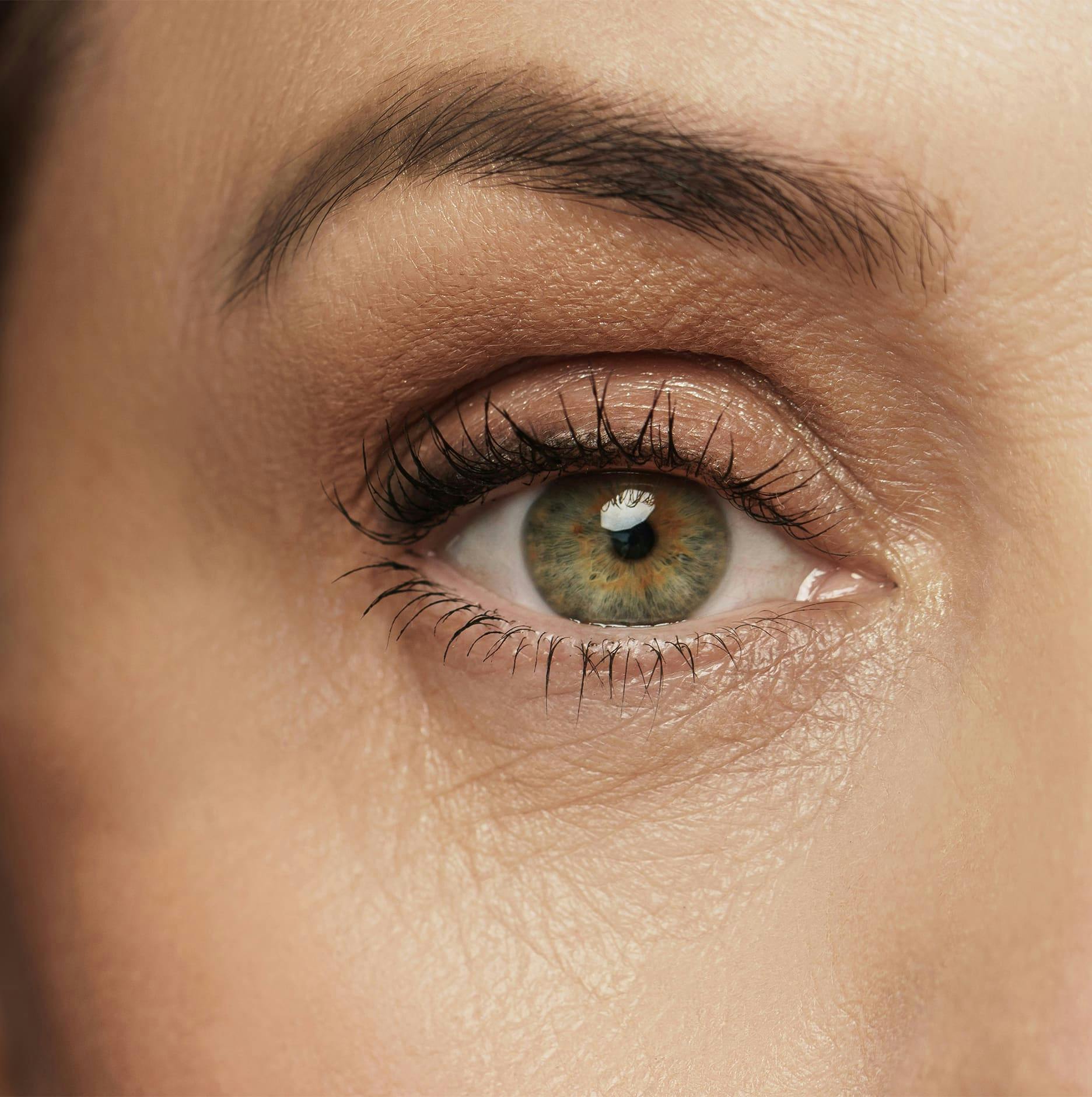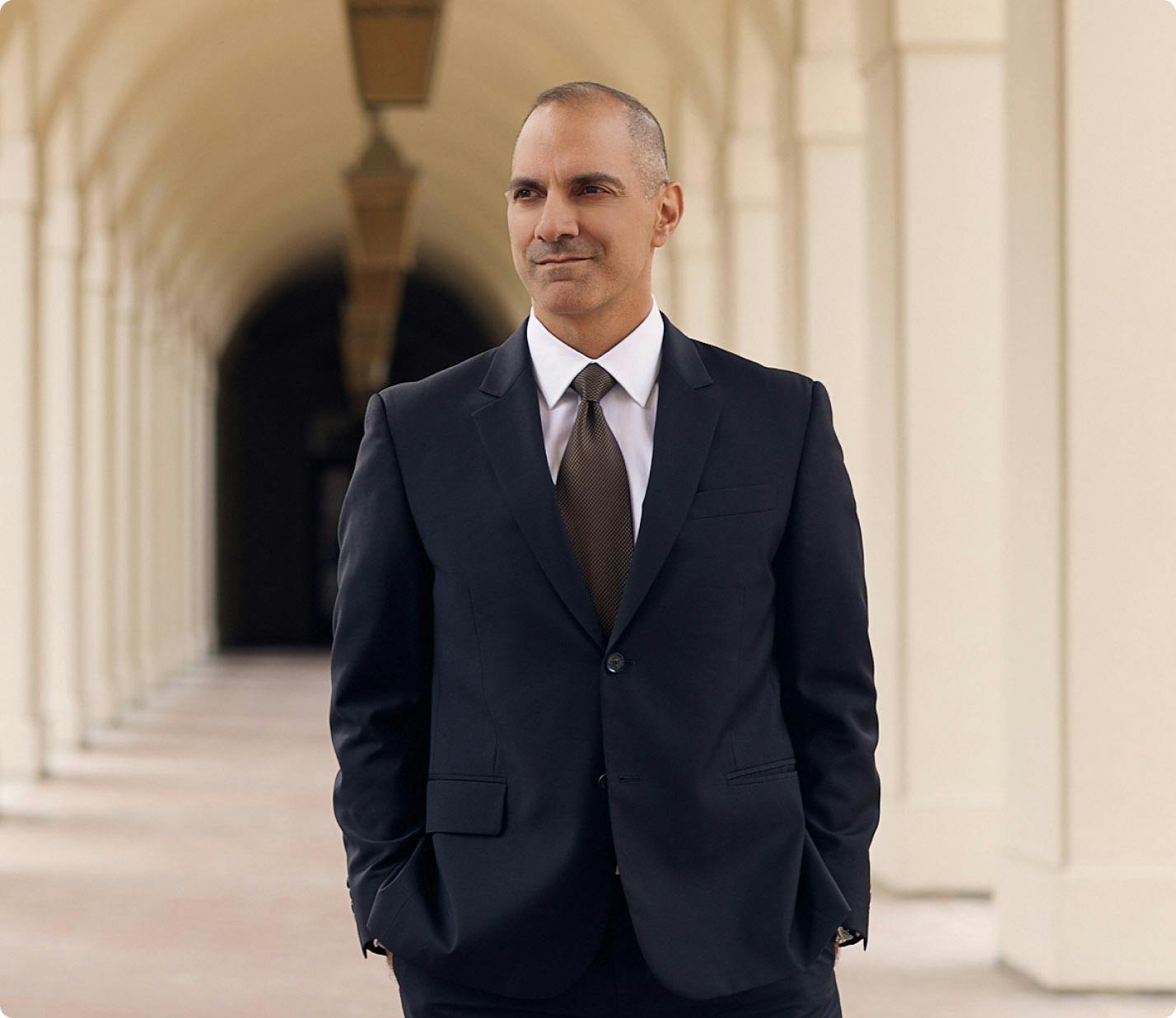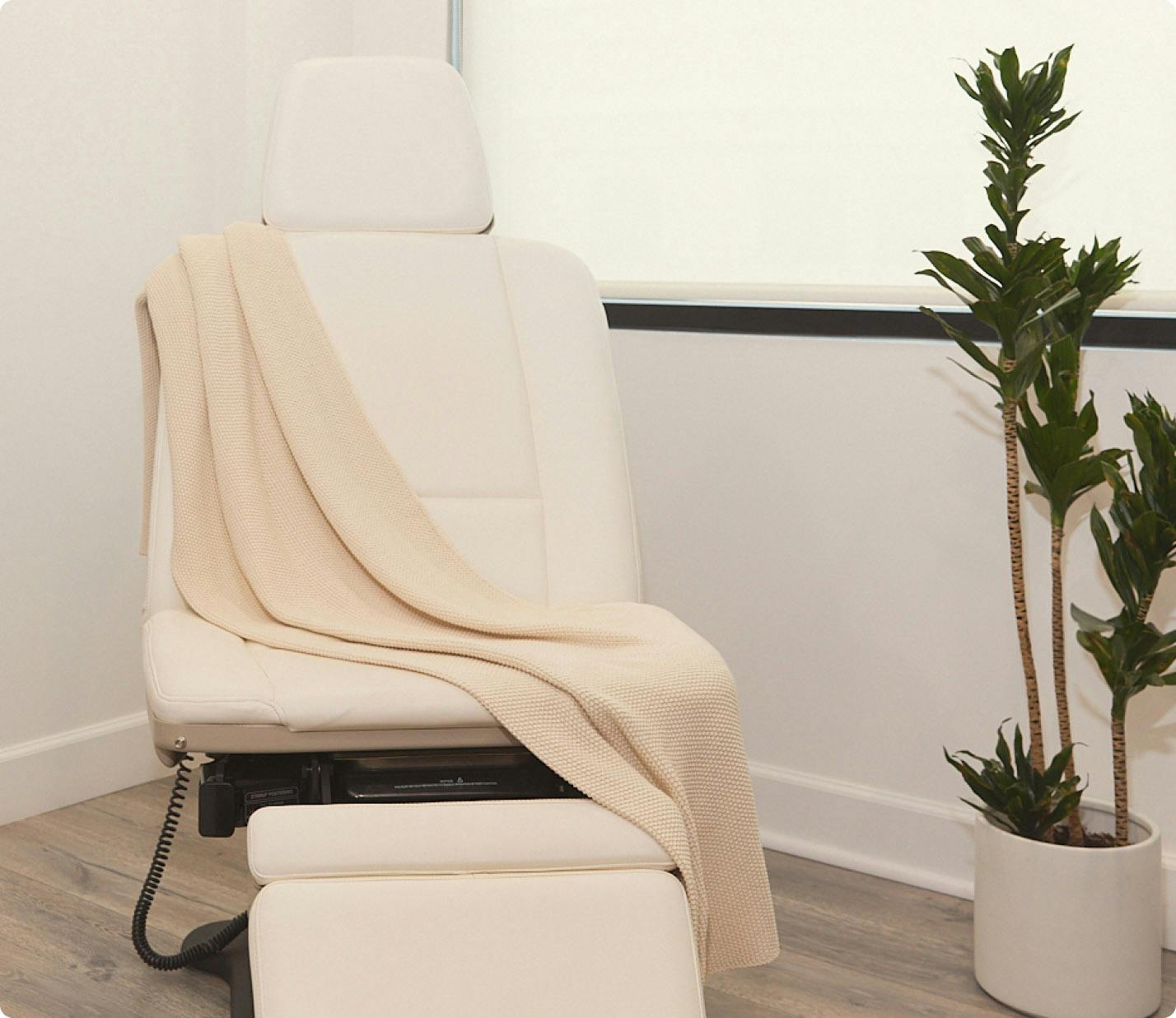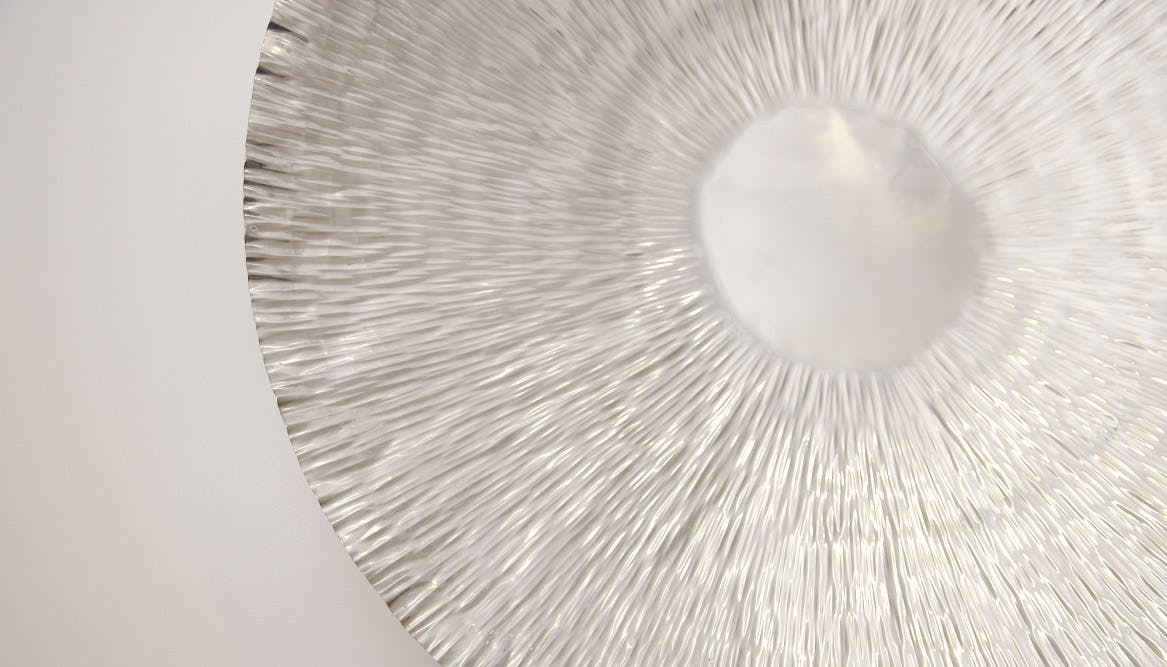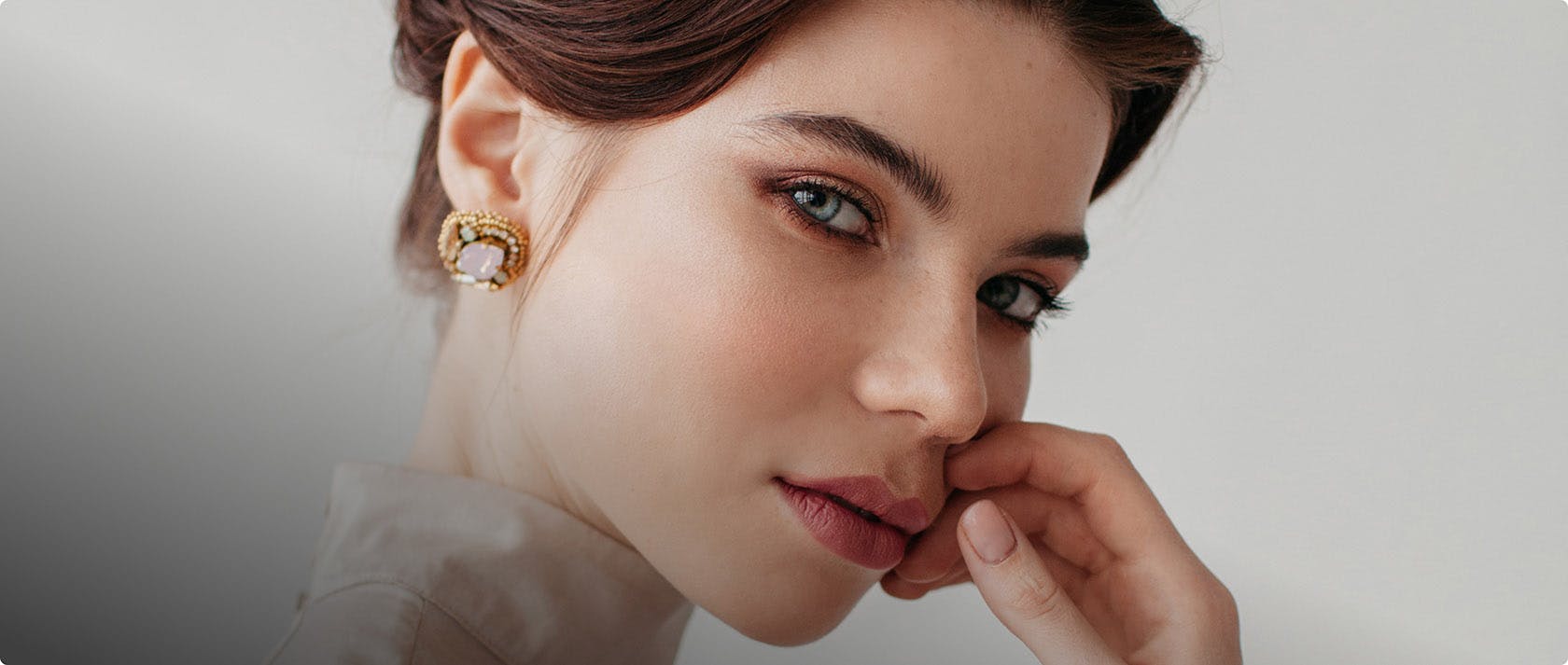This innovative technique involves the delicate process of reinnervating the cornea by connecting sensory nerves from nearby tissues to the cornea, which may have lost sensation due to injury, disease, or surgical procedures.
How Is Corneal Neurotization Performed?
Corneal neurotization requires one side of the face to be unaffected in order to borrow the nerve supply. A nerve graft is harvested from the leg, called the sural nerve. This nerve only provides a small amount of sensation to the top and outer part of the foot. Therefore, sacrificing it does not lead to any lasting disability. Simultaneously, the area of the eyebrow on the unaffected side is prepared by isolating a branch of the trigeminal nerve, called the supratrochlear nerve. This becomes our donor nerve. Small incisions are then placed in the upper eyelid crease on both sides to pass the nerve graft underneath the skin. The sural nerve graft is then carefully divided into smaller branches and stitched underneath the outer lining of the sclera (called conjunctiva). This is done around the entire cornea. On the donor nerve side, the sural nerve graft is stitched to the side of the supratrochlear nerve and will gain innervation from it over time.



